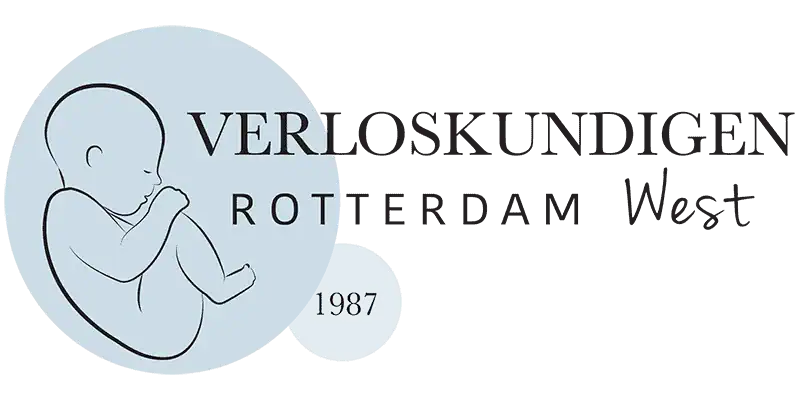An echoscopic scan can show whether the pregnancy is still intact. An ultrasound image is made via with sound waves sent through the pregnant mother-to-be’s womb. A heart beat can usually be detected from the 6th week of pregnancy. If the heart is still beating at 6 weeks, the risk of a miscarriage subsequently becomes extremely small but is unfortunately not completely ruled out. An empty embryonic sac or a non-living embryo without heart activity can reliably be detected using ultrasound equipment. If you are less than two weeks overdue for your period then this test can sometimes be unclear. In this case, we repeat the ultrasound after a week or two; a heart beat will then be, or not be, detected.
Ultrasounds have no effect upon the outcome of the pregnancy. A miscarriage is a common and natural phenomenon. It is therefore sometimes better to wait and see.
Bedrest and medications will not help to prevent a miscarriage. This is because miscarriage, in the majority of cases, is caused by a genetic disorder in the embryo itself.
Once a non-living embryo has been detected you have two choices
Wait until the miscarriage occurs spontaneously
D&C (dilation and curettage): an operation where all pregnancy tissues are removed via the cervix and vagina.
Your choice is a matter of personal choice. Both treatments have their pros and cons. We can discuss, together with you and your partner, what these are. Of course, you take the second option after a short waiting period. However, if it takes too long to miscarry spontaneously a D&C will usually be recommended. Further information.

